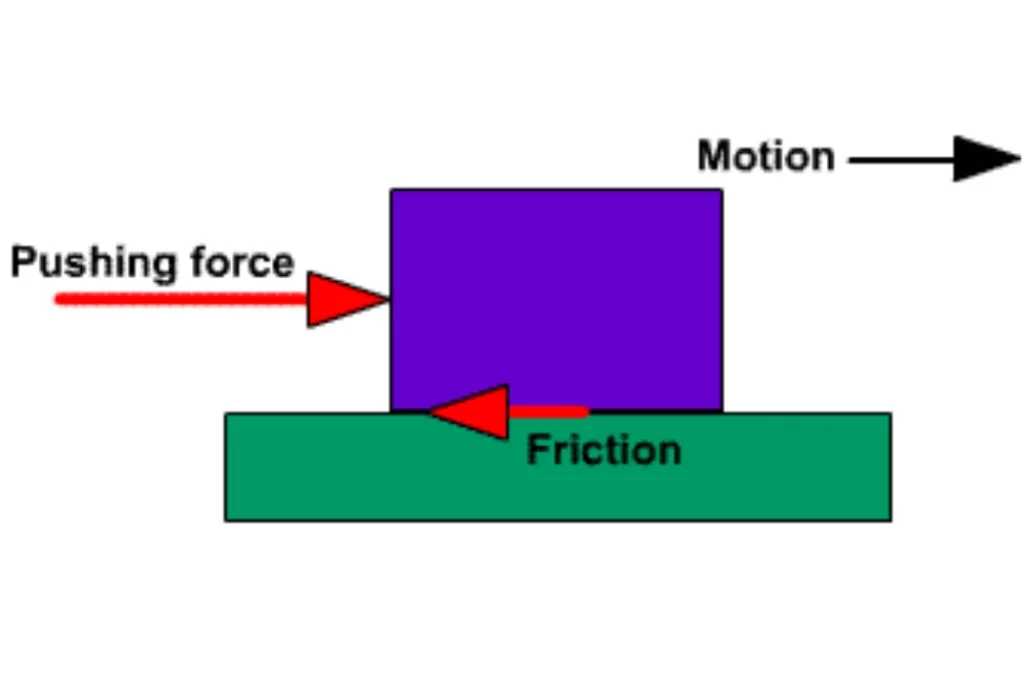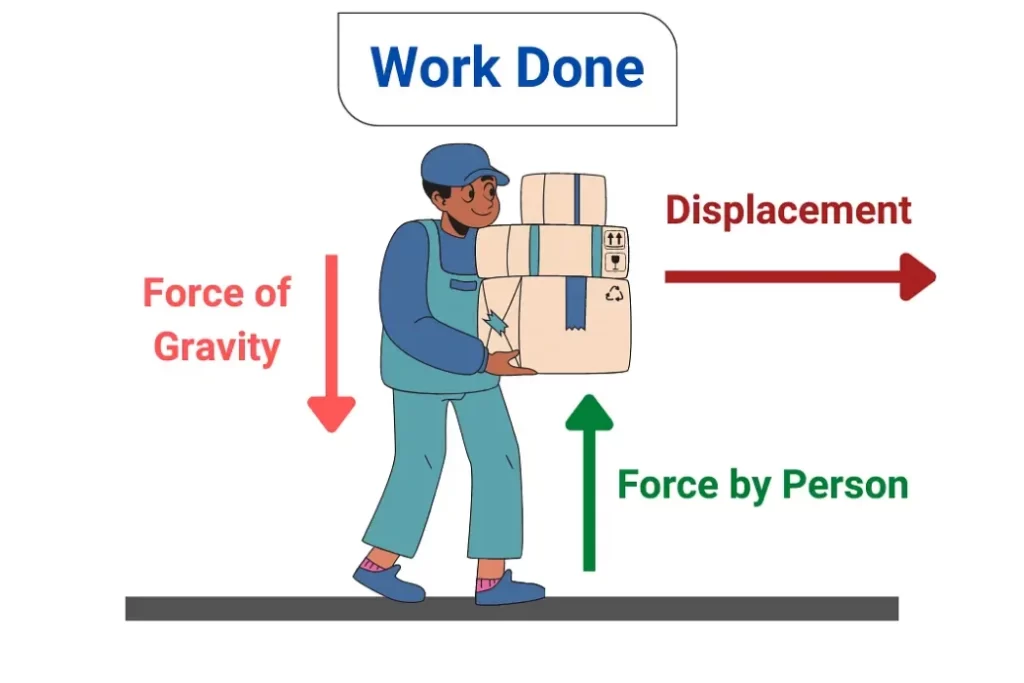Welcome to a journey through the fascinating world of physics, where forces, energy, and motion intertwine to shape the way our universe functions. In this blog, we’ll delve into the intriguing concepts of positive and negative work, uncovering how these fundamental principles play out in our everyday lives and across various scenarios. From the uplifting sensation of lifting a heavy object to the gradual deceleration of a moving car, we’ll explore work done examples that highlight the dynamic relationship between applied forces, motion, and energy transfer. Exploring positive and negative work done examples provides us with a profound source of knowledge, unraveling the intricate connections between forces and energy transformations in various real-world scenarios.
Understanding Work in Physics
The Basics of Work
Work in physics is defined as the product of the force applied to an object and the distance it moves in the direction of the force. Mathematically, it is expressed as:
W = F⋅d
Where:
- W represents work
- F is the force applied
- d is the distance moved
Positive Work
Positive work occurs when the force applied to an object results in its movement in the same direction as the force. This implies that the object gains energy through the applied force. An example of positive work can be seen when lifting a weight against the force of gravity.

Negative Work
Conversely, negative work arises when the force applied to an object is opposite to its direction of motion. In this scenario, the object loses energy due to the opposing force. For instance, when a moving car comes to a stop, friction applies negative work to slow it down.
Positive Work Examples
Lifting a Box
Imagine lifting a box off the ground. As you apply an upward force, the box moves in the same direction as the force. This positive work is done against the force of gravity, giving the box potential energy.
Stretching a Spring
When you stretch a spring, you apply a force that causes it to elongate. The spring gains potential energy, and this positive work is stored as potential energy in the spring.
Pushing a Swing
Pushing a swing to make it move higher is another example of positive work. The force applied in the direction of the swing’s motion increases its height, converting the energy you exert into kinetic energy.
Swinging a Baseball Bat
Swinging a baseball bat involves positive work as the force applied by the bat accelerates the baseball, increasing its kinetic energy and potential for a home run.
Climbing Stairs
As you climb a flight of stairs, the force exerted to lift your body against gravity is positive work. You’re transferring energy from your muscles to potential energy.
Launching a Rocket
The ignition and propulsion of a rocket involve positive work. The force generated by the burning fuel propels the rocket upwards, converting chemical energy into kinetic energy.
Negative Work Examples
Sliding a Book
If you slide a book across a table, the force you apply opposes the direction of motion. This negative work causes the book to lose kinetic energy, eventually coming to a stop.
Braking a Bicycle
When you brake a bicycle, the friction between the brake pads and the wheel generates a force that acts opposite to the bicycle’s motion. This negative work decreases the bicycle’s kinetic energy, causing it to slow down.

Pendulum at Maximum Displacement
At the peak of its swing, a pendulum momentarily stops before reversing its direction. The force acting against its motion does negative work, reducing its kinetic energy and momentarily converting it into potential energy.
Squeezing a Spring Toy
Releasing a compressed spring toy allows negative work to occur. The spring expands, and the force applied by the spring opposes the direction of motion, slowing down the toy.
Opposing a Moving Object
Trying to stop a moving object with your hands, such as a sliding book, results in negative work. The force you apply opposes the object’s motion, leading to a loss of kinetic energy.
Applying Handbrake to a Car
Pulling the handbrake in a car generates negative work as the force applied opposes the car’s rolling motion, leading to a reduction in kinetic energy.
Applications in Everyday Life
Positive and Negative Work in Mechanical Systems
Positive and negative work concepts are integral to mechanical systems like engines, vehicles, and machines. Engines perform positive work to generate motion, while brakes apply negative work to control and halt that motion.
Work-Energy Theorem
The work-energy theorem states that the net work done on an object is equal to its change in kinetic energy. Positive work increases kinetic energy, while negative work decreases it. This theorem forms the foundation for understanding energy transformations.
Conclusion
In the intricate world of physics, the concepts of positive and negative work play a pivotal role in shaping the behavior of objects in motion. Positive work imparts energy, propelling motion and change, while negative work resists it, slowing and altering movement. These work done examples underscore the dynamic interplay between forces and energy, revealing the profound effects of work in our universe.


